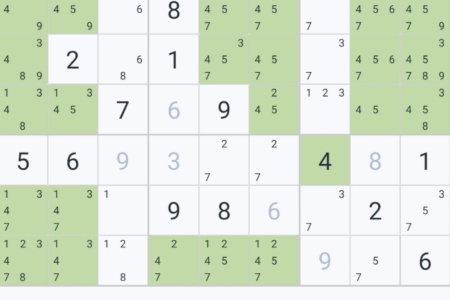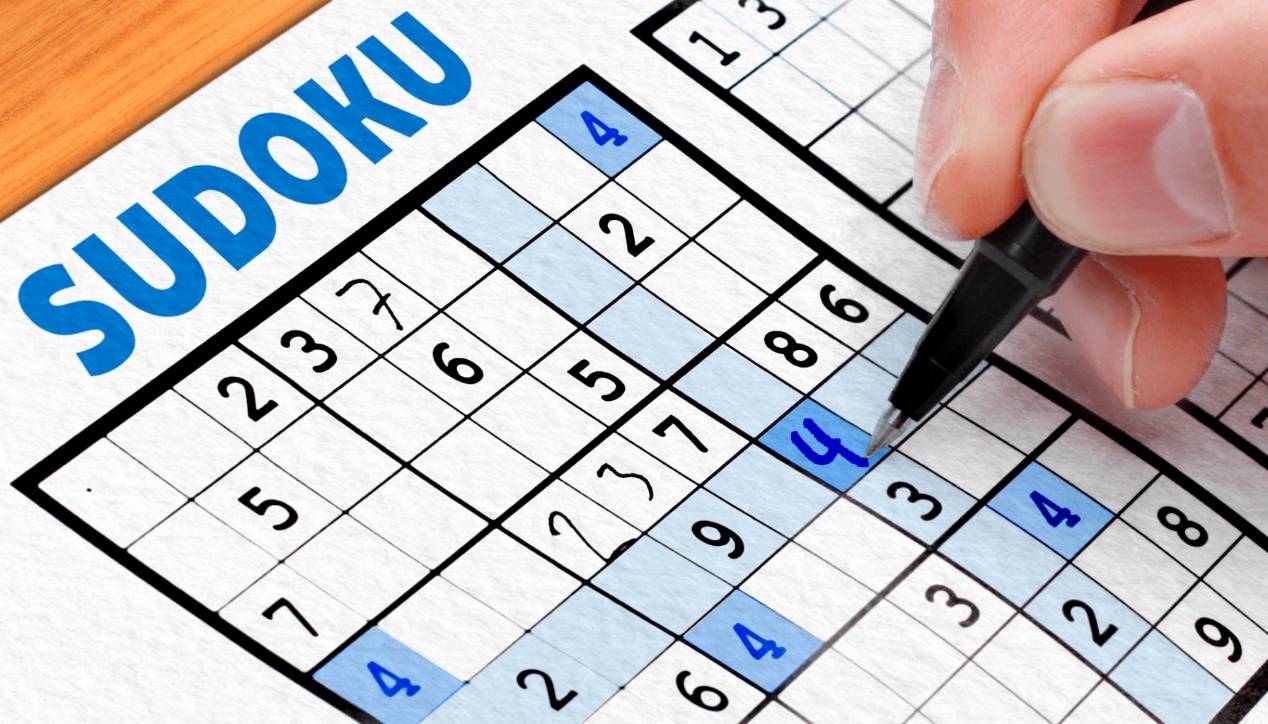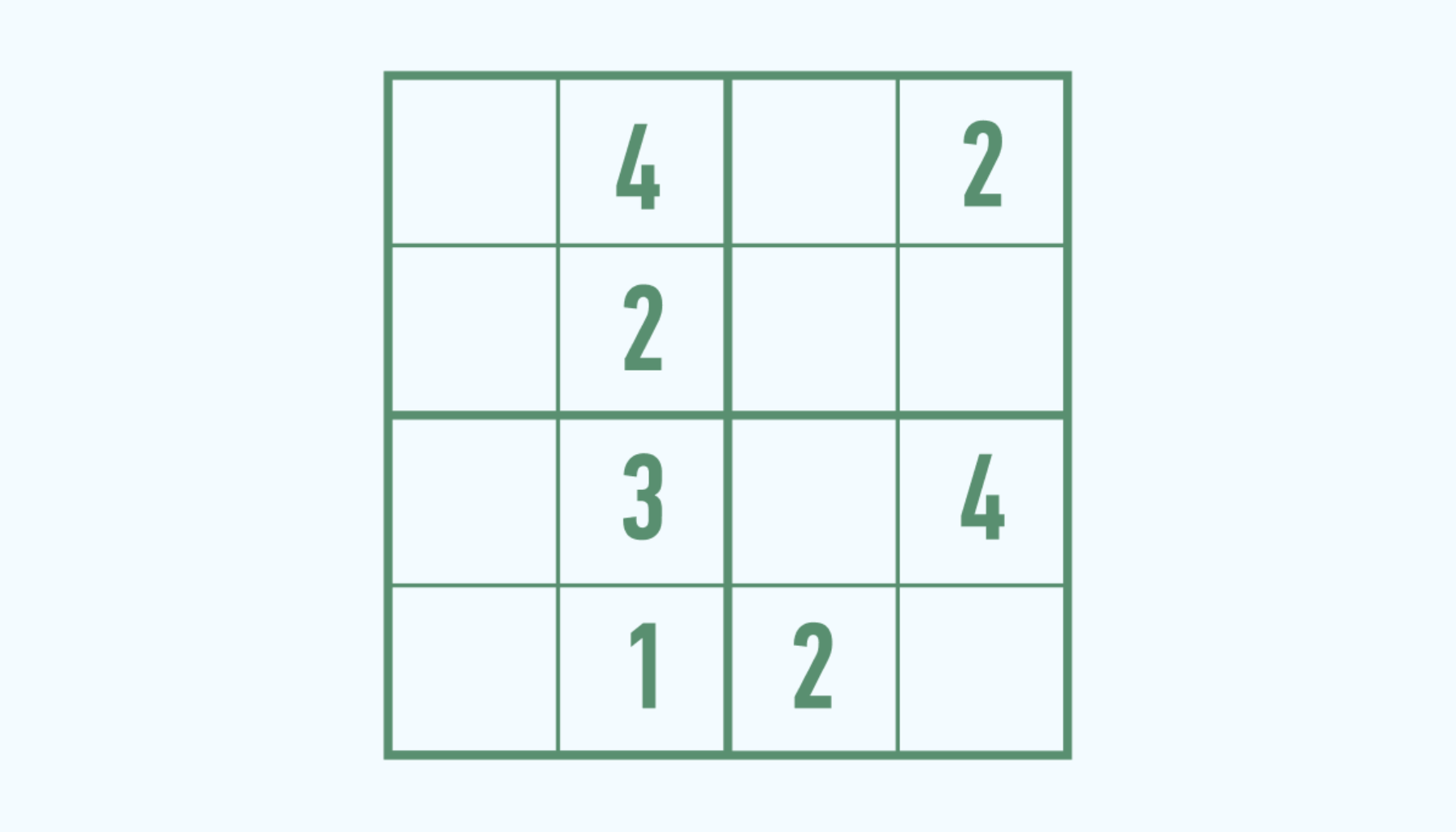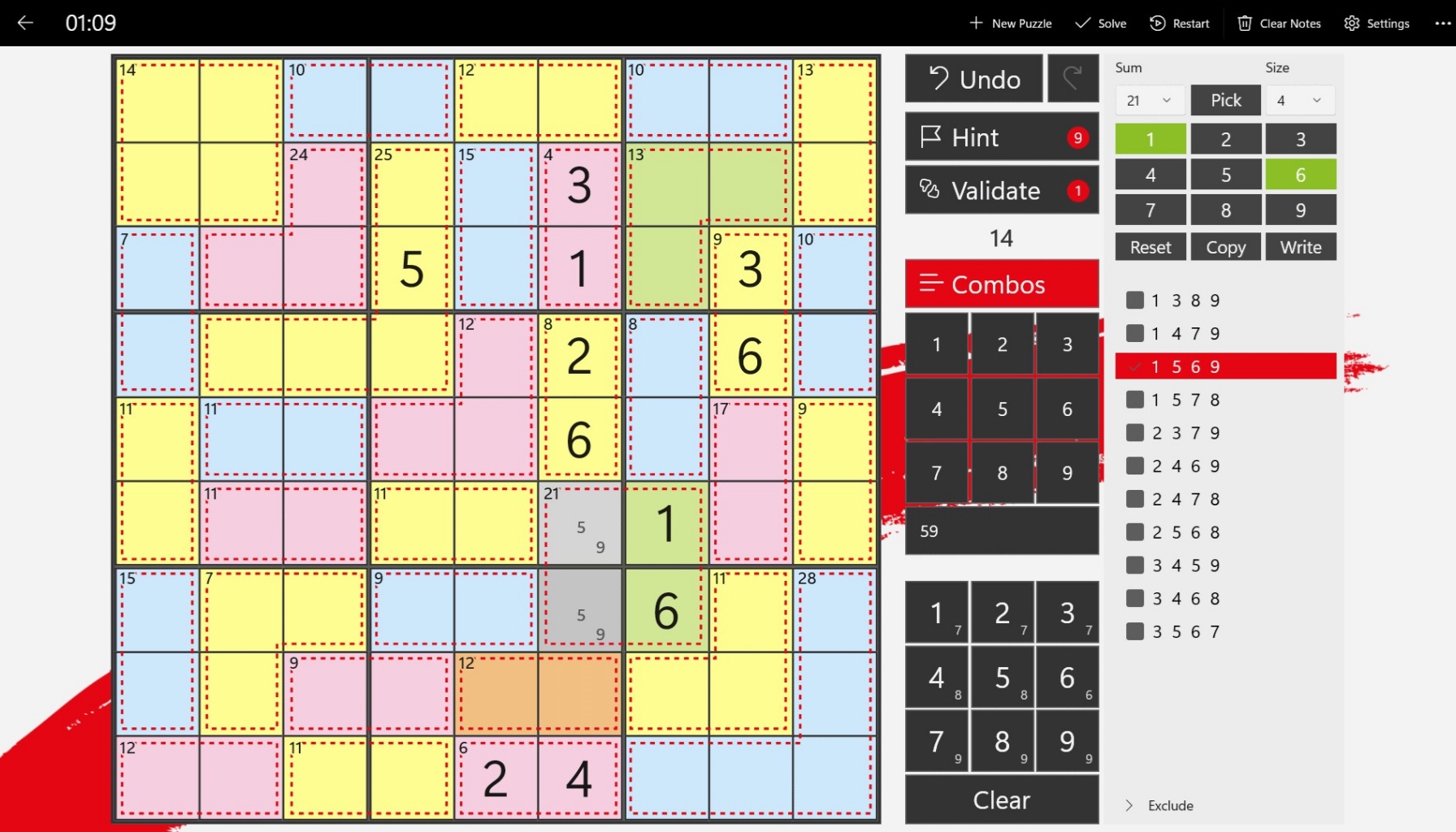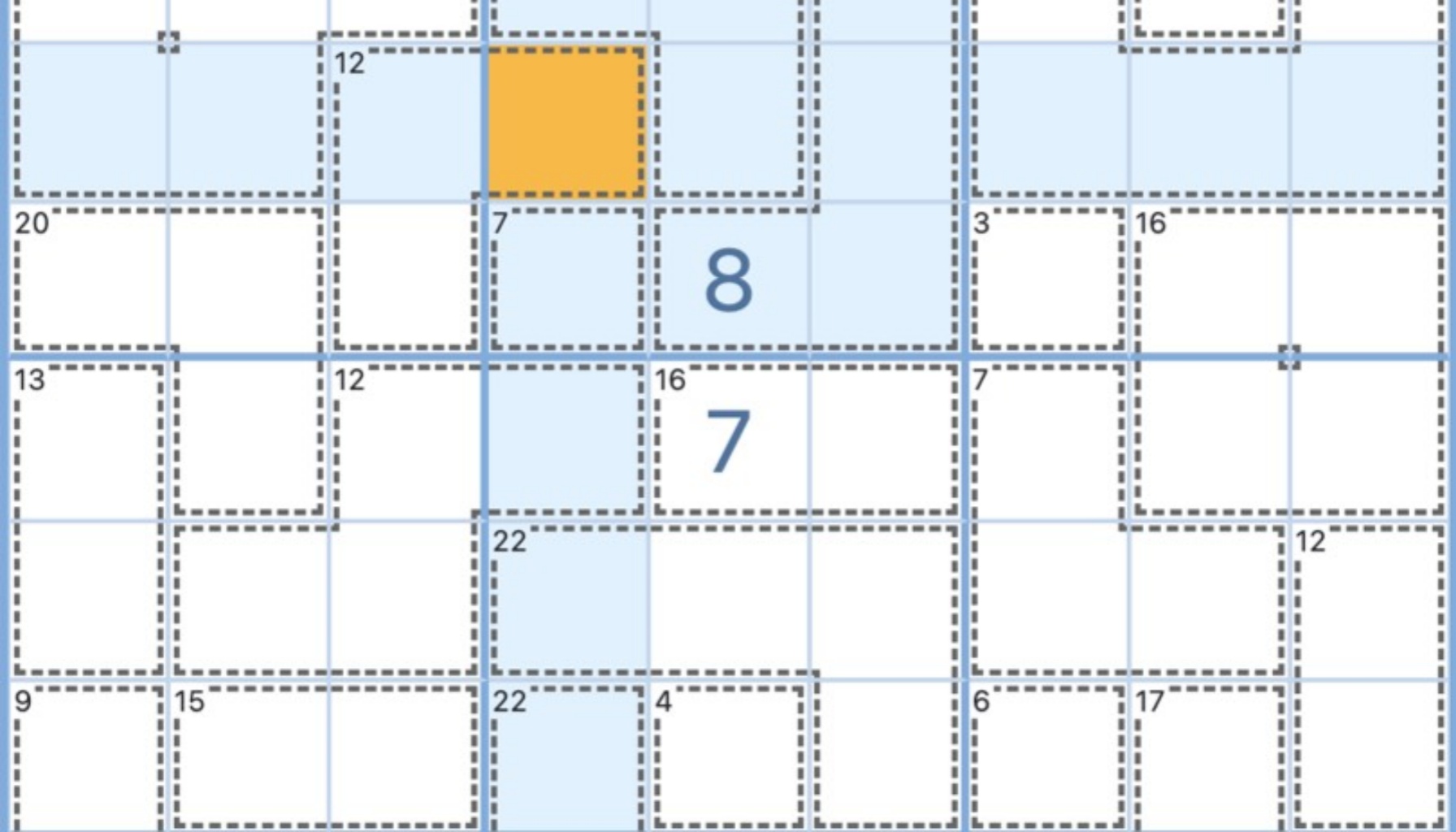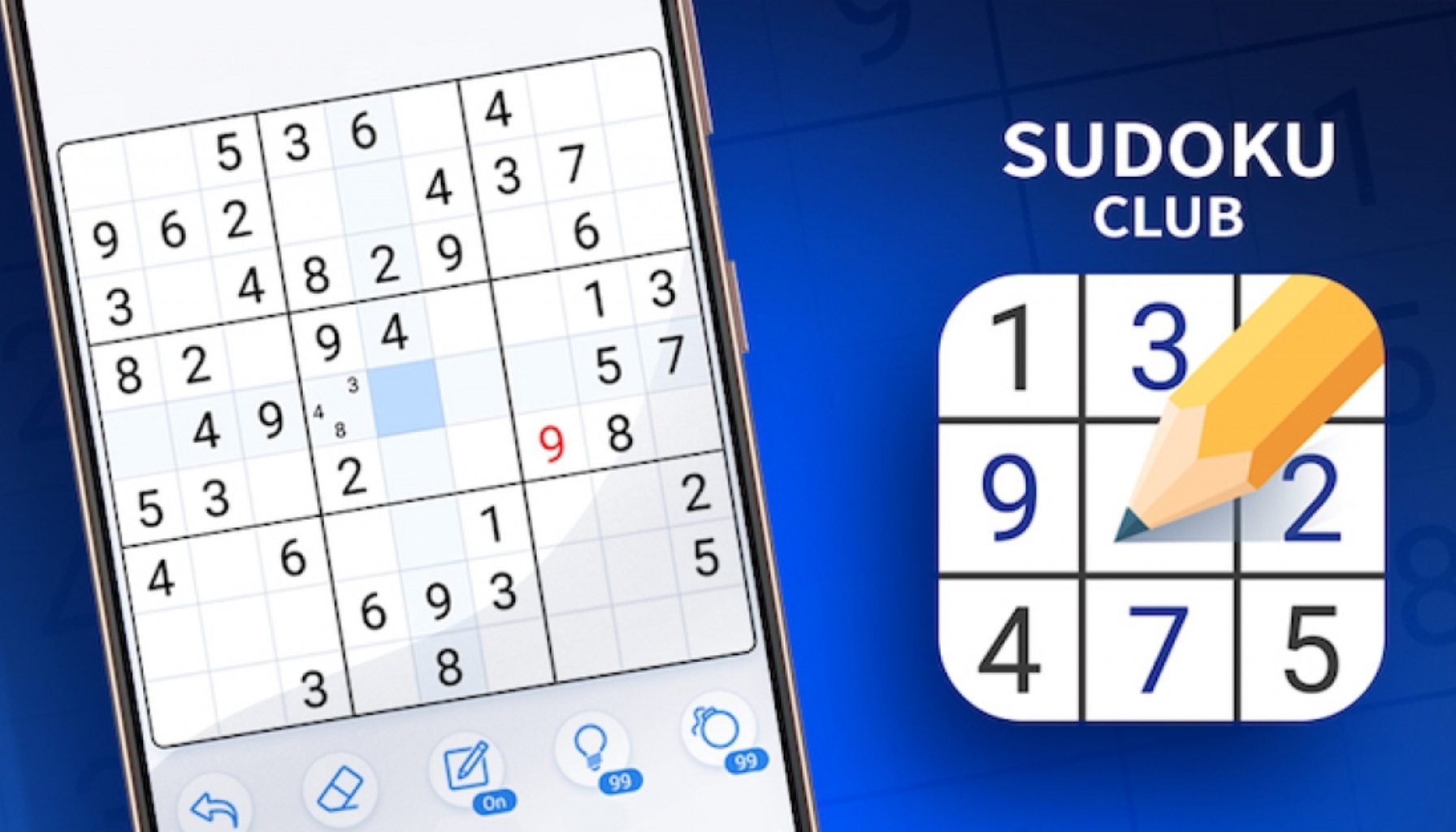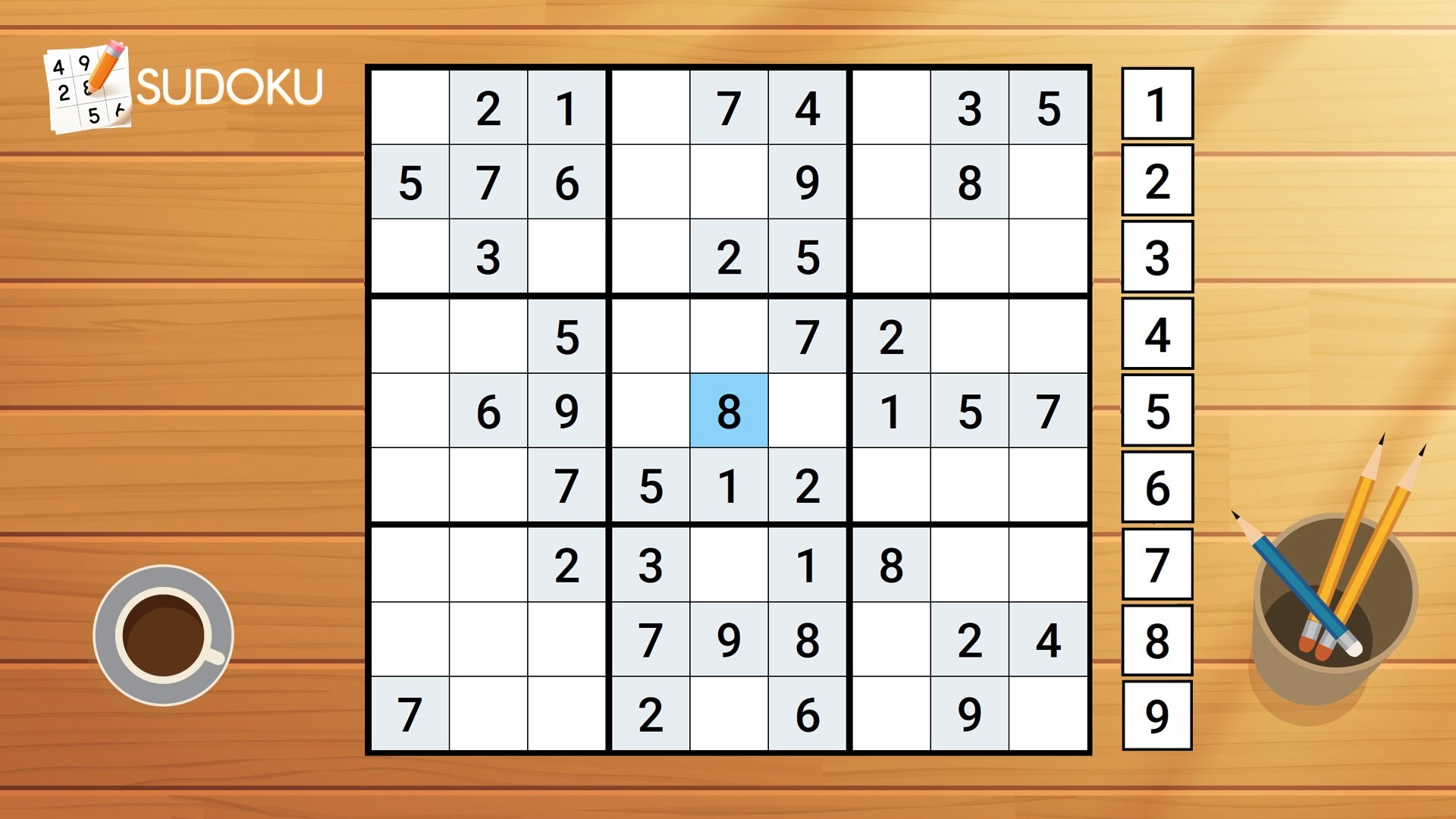Sudoku Blog
Sudoku is not just a simple number game. Its history and evolution are full of fun and clever logic. Before becoming one of the most popular puzzle games in the world, Sudoku went through several stages of development, from mathematical ideas in the 18th century to its widespread popularity in modern times. This article will take you through the whole process of Sudoku from its origin to its global popularity.
Sudoku is a fun and effective way to train children's brains through simple number puzzles that encourage logical thinking. While traditionally seen as a game for adults, its benefits for children are immense, making it an excellent tool for developing cognitive skills.
Sudoku is one of the world’s most beloved puzzle games, offering a challenge that’s as intellectually stimulating as it is satisfying. But how did this number puzzle originate, and how did it evolve into the form we recognize today? In this article, we’ll trace the origin of Sudoku from its mathematical roots to its modern-day popularity.
Sudoku is a timeless, brain-boosting puzzle loved by millions worldwide. Whether you’re a beginner or an expert, solving printable Sudoku puzzles online can be an enjoyable and convenient way to sharpen your mind. With printable Sudoku, you can enjoy the flexibility of offline play while still accessing a wide variety of free puzzles tailored to your skill level.
Sudoku has long been a beloved pastime for puzzle enthusiasts, combining logic, strategy, and numbers in a way that challenges the brain. While the traditional 9x9 grid format remains popular, innovative variations like Cage Sudoku are captivating players with new twists on the classic game.
Sudoku, the timeless number-placement puzzle, has transcended its status as a recreational game to become a valuable tool for brain training and mental development. Originating in the late 1970s, Sudoku gained global popularity in the early 2000s and continues to captivate millions of enthusiasts worldwide.
Sudoku, a classic puzzle game, is loved by players for its high requirements for logical reasoning. However, in recent years, the application of Sudoku has gone beyond the entertainment scope of human players and has become an important tool for testing the capabilities of artificial intelligence (AI). In 2019, a Sudoku robot competition allowed people to witness the amazing potential of AI in logical reasoning and efficient computing, and even provided inspiration for future technological development.
A standard Sudoku puzzle consists of a 9x9 grid divided into nine 3x3 sub-grids. The objective is to fill the grid so that each row, column, and sub-grid contains all numbers from 1 to 9 without repetition. While the rules are simple, the game offers endless possibilities and varying difficulty levels, from beginner-friendly puzzles to mind-bending challenges.
Sudoku is a beloved puzzle game that challenges the logic and problem-solving skills of players worldwide. For those who have mastered beginner and intermediate levels, the next step is tackling the Evil Sudoku puzzles. Known for their complexity and minimal clues, these puzzles are designed to push even the most seasoned Sudoku enthusiasts to their limits.
Printing Sudoku puzzles offers several unique benefits that digital versions can' t replicate:
Solving hard Sudoku puzzles is a rewarding challenge that tests your logical thinking and problem-solving skills.
Sudoku is more than just a game; it is a powerful tool for enhancing mental capabilities and overall well-being.
Printable Sudoku PDFs let you practice anytime, anywhere—no screens required! Whether you’re a beginner or expert, these downloadable grids offer:
Sudoku is a logic-based number puzzle that challenges players to fill a 9x9 grid so that each row, column, and 3x3 subgrid contains all digits from 1 to 9. While beginners might rely on trial and error, solving Sudoku quickly requires strategy, pattern recognition, and efficiency. Here’s a step-by-step guide to sharpen your skills and speed.
As we age, keeping the mind sharp becomes just as important as maintaining physical health. Engaging in mentally stimulating activities can help preserve cognitive function, improve memory, and provide a sense of accomplishment. One such activity that has gained popularity among seniors is Sudoku—a simple yet engaging number puzzle that offers numerous mental and emotional benefits.
As we age, keeping the mind sharp becomes just as important as maintaining physical health. Engaging in mentally stimulating activities can help preserve cognitive function, improve memory, and provide a sense of accomplishment. One such activity that has gained popularity among seniors is Sudoku—a simple yet engaging number puzzle that offers numerous mental and emotional benefits.
